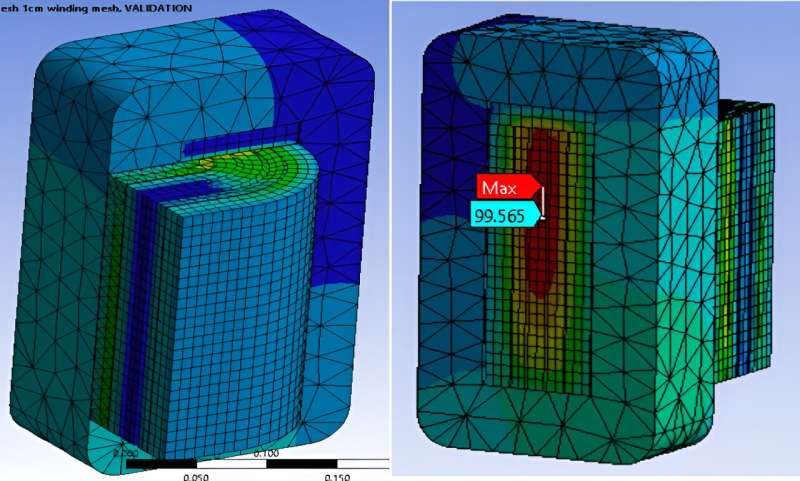
In a significant step towards resilient, sustainable energy, researchers at The University of Texas at Austin (UT Austin) are undertaking an initiative to enhance the performance and longevity of grid transformers, a critical component of the electric grid.
Failures in transformers cause widespread disruptions across electrical networks, severely affecting grid stability. The financial impact of such failures often goes beyond just the cost of replacing the transformer. Cleanup efforts, repairs and grid-wise equipment replacements can become necessary, and additional losses related to productivity can hinder economies.
Central to transformer longevity is the integrity of electrical insulation materials, which currently consist of kraft paper-like materials. While such materials are excellent electrical insulators, they are also very good thermal insulators. This is undesirable since they trap heat, causing overheating—a leading cause of transformer failure.
To address these challenges, UT Austin researchers are exploring high thermal conductivity papers to enhance heat dissipation and thereby extend transformer life.
"We are exploring high thermal conductivity paper by doping conventional cellulosic paper with nanoparticles of boron nitride, which boasts much higher thermal conductivity than paper," explained Vaibhav Bahadur, principal investigator in the study.
"We are finding that even a modest increase in thermal conductivity of the paper can reduce internal hotspot temperatures by 5°C to 10°C. This might sound like a small reduction, but in reality, it is enough to double or even triple the lifespan of transformers."
Using a 3D heat-transfer model on Stampede2, a supercomputer at the Texas Advanced Computing Center, researchers successfully simulated and predicted thermal performance. These simulations required significant computing power, which Stampede2 delivered in a matter of minutes.
"This pioneering research marks a transformative step in electrical grid technology. By extending the life of transformers through advanced insulation materials, we can achieve a more sustainable, reliable and resilient power grid," said Bahadur.
While the research focused on transformers, the team is analyzing the benefits of high thermal conductivity nano-insulation materials for packaging next-generation chips used in artificial intelligence, transportation and grid-related applications.
"Heat is a problem in transformers and electrical equipment; it is an even bigger problem in chips that power our digital and cloud-based lifestyles," Bahadur said. "Our aim is to come up with materials-based solutions which keep everything cool."
Citation: Simulations provide models for a resilient and sustainable electric grid (2024, July 3) retrieved 3 July 2024 from https://techxplore.com/news/2024-07-simulations-resilient-sustainable-electric-grid.html
This document is subject to copyright. Apart from any fair dealing for the purpose of private study or research, no part may be reproduced without the written permission. The content is provided for information purposes only.
